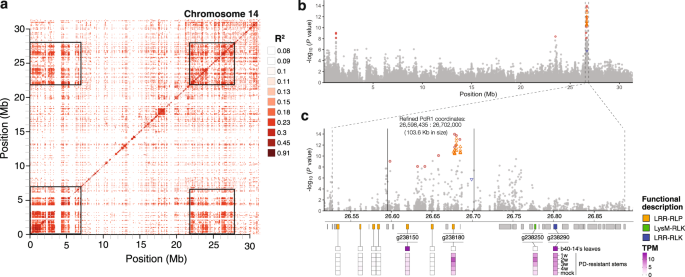2023-06-14 カロリンスカ研究所(KI)
◆カロリンスカ研究所の研究者らは、7,000人以上の患者のデータを分析し、この病気の遺伝的要因を調査しました。その結果、3つの主要なリスク要因がネアンデルタール人から受け継がれていることがわかりました。この研究は、ネアンデルタール人と現代人の混血が特定の疾患の発生率に重要な影響を与えることを示しています。
<関連情報>
- https://news.ki.se/the-viking-disease-can-be-due-to-gene-variants-inherited-from-neanderthals
- https://academic.oup.com/mbe/article/40/6/msad130/7197475?login=false
デュプイトレン病の主な遺伝的危険因子はネアンデルタール人から受け継がれる Major Genetic Risk Factors for Dupuytren’s Disease Are Inherited From Neandertals
Richard Ågren, Snehal Patil, Xiang Zhou, FinnGen. , Kristoffer Sahlholm, Svante Pääbo, Hugo Zeberg
Molecular Biology and Evolution Published:14 June 2023
DOI:https://doi.org/10.1093/molbev/msad130

Abstract
Dupuytren’s disease is characterized by fingers becoming permanently bent in a flexed position. Whereas people of African ancestry are rarely afflicted by Dupuytren’s disease, up to ∼30% of men over 60 years suffer from this condition in northern Europe. Here, we meta-analyze 3 biobanks comprising 7,871 cases and 645,880 controls and find 61 genome-wide significant variants associated with Dupuytren’s disease. We show that 3 of the 61 loci harbor alleles of Neandertal origin, including the second and third most strongly associated ones (P = 6.4 × 10-132 and P = 9.2 × 10-69, respectively). For the most strongly associated Neandertal variant, we identify EPDR1 as the causal gene. Dupuytren’s disease is an example of how admixture with Neandertals has shaped regional differences in disease prevalence.


